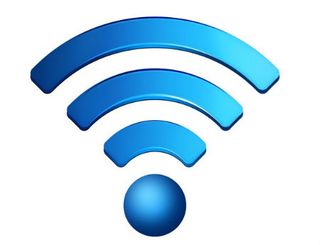Wi-Fi Fans Pitch FCC on Device-to-Device Communications

The FCC's decision to allow unlicensed Wi-Fi operations in the 6 GHz band came with a prohibition on communications between indoor devices--screen-casting, wearables, monitors--but the Wi-Fi Alliance wants to change that.
The FCC in April voted unanimously to allow the entire 1,200 MHz of the 6 GHz band to be shared with unlicensed Wi-Fi, the FCC's latest move in freeing up more spectrum for connecting 5G in-home devices--video streaming, video calls--and connecting IoT devices to the internet.
Wi-Fi continues to be cable operators' principal mobile broadband play.
In comments to the FCC this week, the alliance, whose members include Apple, Comcast, Samsung, Microsoft and LG, said that they understood that the prohibition was out of concern that connections between a device tethered to an access point and another that was not could increase the distance from the access point and thus the possibility of interference to electronic newsgathering and other incumbent uses of the 6 GHz band.
But the alliance said that was an unnecessary constraint on the multiple use cases for client-to-client communications because the devices can be prevented from distancing themselves from access points while communicating.
To that effect, the alliance suggested changing this language: "Client devices are prohibited from connecting directly to another client device," to: "Client devices are permitted to connect directly to another client device only while receiving an enabling signal from an indoor access point."
Broadcasters argue that the alliance and others pitching Wi-Fi use, "assume away" the challenges of protecting those ENG operations.
Multichannel Newsletter
The smarter way to stay on top of the multichannel video marketplace. Sign up below.
The National Association of Broadcasters has said that confining unlicensed indoor use to homes only, rather than businesses and other public venues, would alleviate some of the potential interference, though no one has proposed that.
Contributing editor John Eggerton has been an editor and/or writer on media regulation, legislation and policy for over four decades, including covering the FCC, FTC, Congress, the major media trade associations, and the federal courts. In addition to Multichannel News and Broadcasting + Cable, his work has appeared in Radio World, TV Technology, TV Fax, This Week in Consumer Electronics, Variety and the Encyclopedia Britannica.

